Skype: neodalle-travel
Tel: +86 135 7447 2266
E-mail: sales@visitaroundchina.com
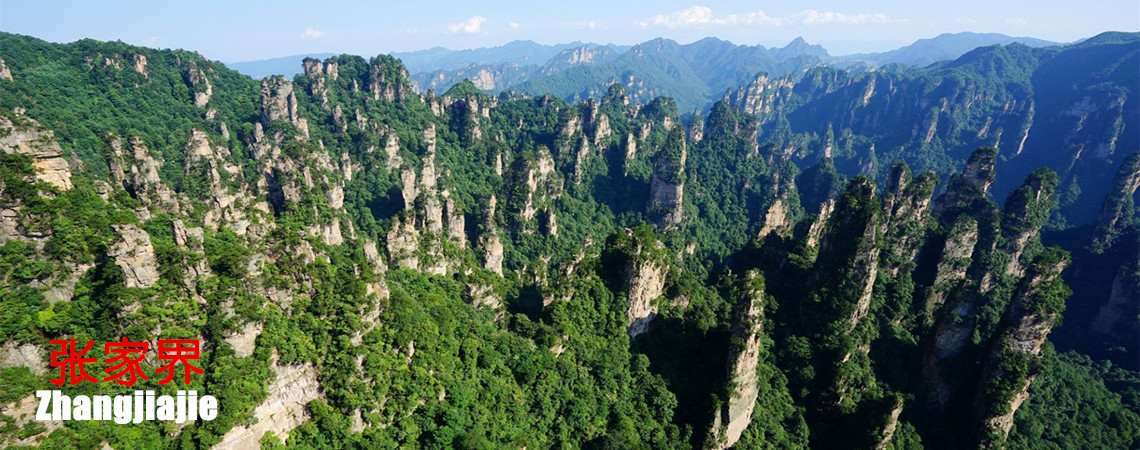
Badagongshan, Badagong Mountain, is located in the border area between Sangzhi County in northwest Hunan Province and Hefeng County in Hubei Province, It constitutes a long narrow green strip on the top view of Google Maps. Within this green area Tianping Mountain, which extends toward northeast, boasts 25 ha special forest, i.e., a typical large sample plot of the subtropical mid-montane evergreen and deciduous broadleaved mixed forests. Due to the characteristic of adapting to wet habitats, Chinese dove trees, tetracentron sinensis and Taxus chinensis remain to live on for thousands of years. Mountain Badagongshan, located in the flora of central China with the most Chinese characteristics, is a shelter for relict plants and also an area rich of peculiar plants in China, with its original forests well-preserved.
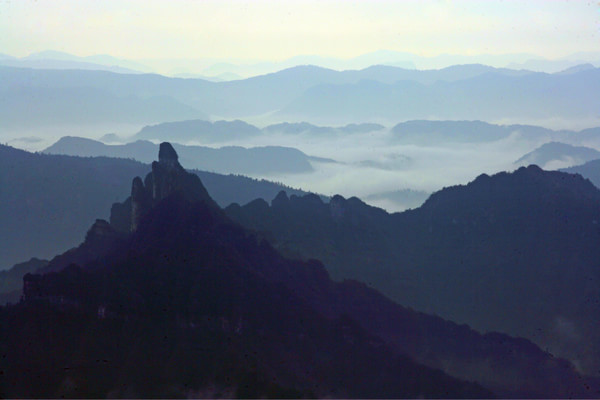 |
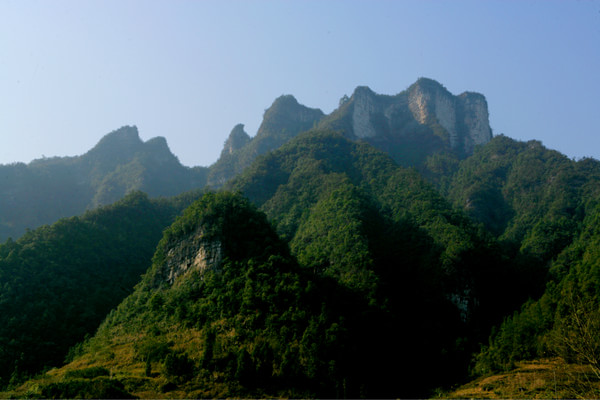 |
Mountain evergreen and deciduous broadleaved mixed forests in China are mainly distributed in the mid-subtropical mid-mountain zones. Mount Badagongshan is located on the northern end of the Wuling Mountains at the north rim of the mid-subtropical zone, and has a typical mountain evergreen and deciduous broadleaved mixed forest. To investigate dynamics of this forest,biodiversity origin and maintenance mechanisms in East Sichuan and West Hubei in 2010-2011,the Wuhan Botanical Garden,Chinese Academy of Sciences established one 25 hm2 (500 m×500 m) forest dynamic plot of subtropical mountain evergreen and deciduous broadleaved mixed forest in the Badagongshan National Nature Reserve according to the standards of the Center for Tropical Forest Science .
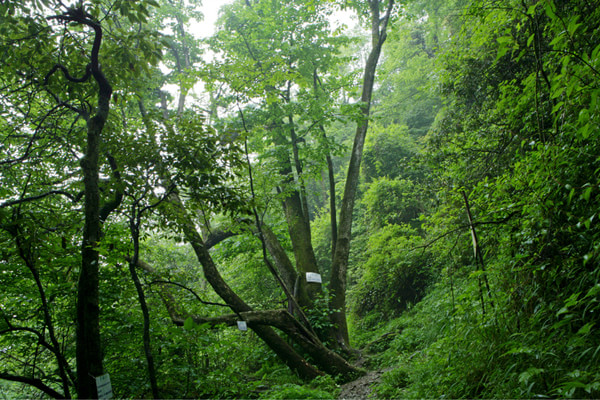 |
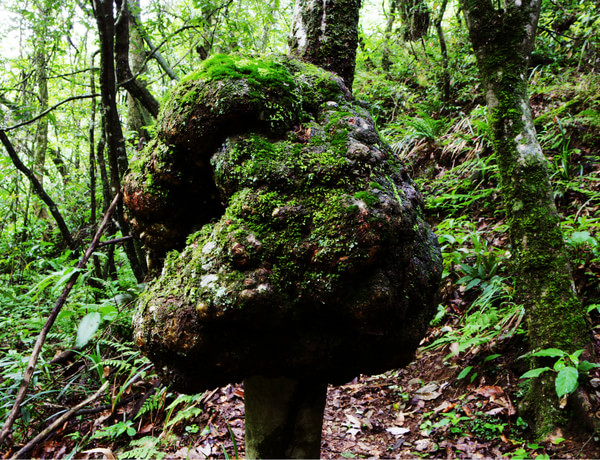 |
Here,we present the flora,community composition,structure,size class and spatial distribution based data collected from all woody (bamboo and liana not included) plants with DBH≥1 cm. Our results demonstrated that Badagong Mountain was a typical mountain evergreen and deciduous broadleaved mixed forest,dominated by pantropic distribution families (24.50%) and northern temperate distribution genera (24.56%). There were nine rare and endangered wood plants. We classified 186556 individuals into 53 families,114 genera and 238 species (94 evergreen and 144 deciduous). Dominant species were from the families of Fagaceae,Ericaceae,Lauraceae and Theaceae. There were 38 species with >1000 individuals (63.16% evergreen). In total,103 rare species (< 25 individuals) accounted for 43.28% of all the woody plants. The forest strata was divided into a canopy layer dominated by Cyclobalanopsis multinervis and Fagus lucida,an understory layer dominated by Rhododendron stamineum and Litsea elongata,and a shrub layer dominated by Eurya brevistyla and Symplocos anomala. Abundant (>1000 individuals) and rare species were mainly from the shrub layer. Limited by growth form,the plot had a fairly small mean DBH (5.41 cm) and was dominated by small sized individuals (68.40%). The size class of five dominant trees was reverse.
In 1982, the Badagong Mountain Nature Reserve was approved by the Hunan Provincial People's Government. In 1986, it was approved by the State Council of China as the first batch of “National Nature Reserves” in China.
Travel Tips
Add: Badagongshan Township,Sangzhi County,Zhangjiajie City
Opening Hours: 08:00-17:00
Entrance Fee: CNY 80
 Ask Questions ?
Ask Questions ?